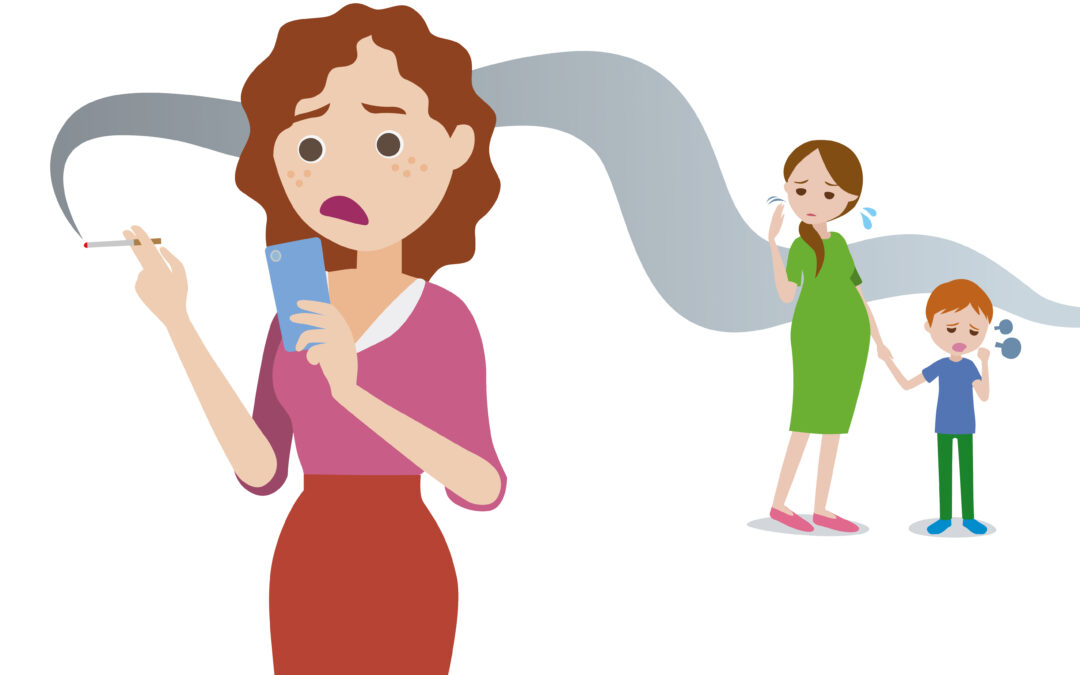
by Comprehensive Orthopaedics | Aug 30, 2018 | Wellness
Your child’s backpack may be incredibly handy and reflect a personal sense of style. It should also be functional and help protect your child’s back, the Nemours Foundation says. If a backpack is poorly worn or too heavy, it can strain muscles and joints...

by Comprehensive Orthopaedics | Aug 29, 2018 | Knee, pain, surgery, Wellness
If you’re experiencing knee pain, you may have a meniscal tear. Our orthopedic experts explain what causes this injury and what you can expect during your recovery. The meniscus is a key cartilaginous structure in the knee joint. Pain and swelling in the medial, or...

by Comprehensive Orthopaedics | Aug 29, 2018 | anatomy, Anti-aging, pain, Spine, surgery, Wellness
Non-invasive treatments should be your first line of defense against neck pain. Workouts, sports, and even sitting at a desk all day can put strain on the neck, leading to pain and discomfort. While some conditions may require orthopedic surgery, non-invasive...

by Comprehensive Orthopaedics | Aug 20, 2018 | Anti-aging, arthritis, Wellness
Women who were regularly exposed to secondhand smoke as children might be at slightly increased risk of rheumatoid arthritis, a new study hints. Rheumatoid arthritis is an autoimmune disease in which the immune system mistakenly attacks the lining of the joints....

by Comprehensive Orthopaedics | Aug 9, 2018 | anatomy, Anti-aging, Shoulder, Wellness
Rotator cuff, shoulder pain, weight lifting, shoulder impingement If you’re a weightlifter, don’t ignore an aching shoulder. Follow our tips to prevent and treat these three common conditions. Experiencing shoulder pain while weightlifting? This might be a sign you...





